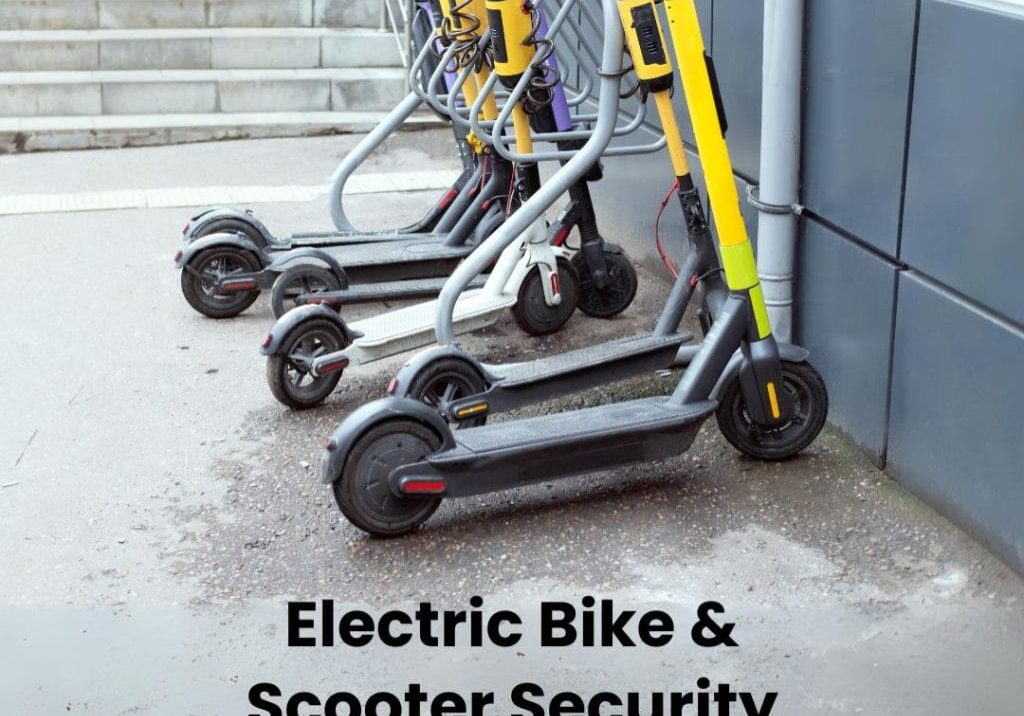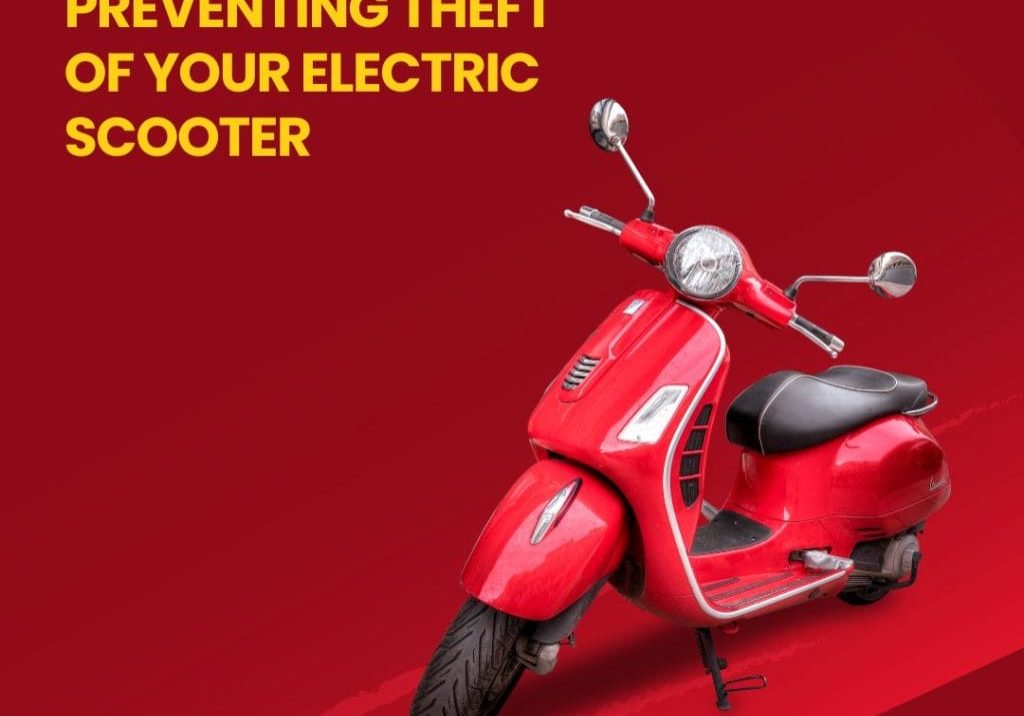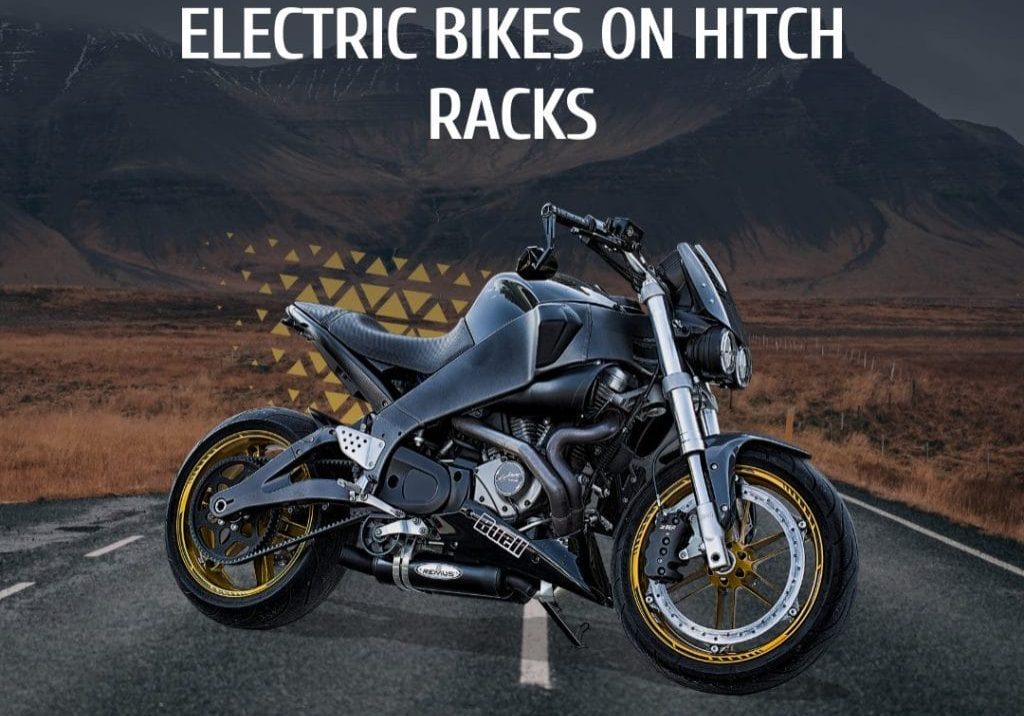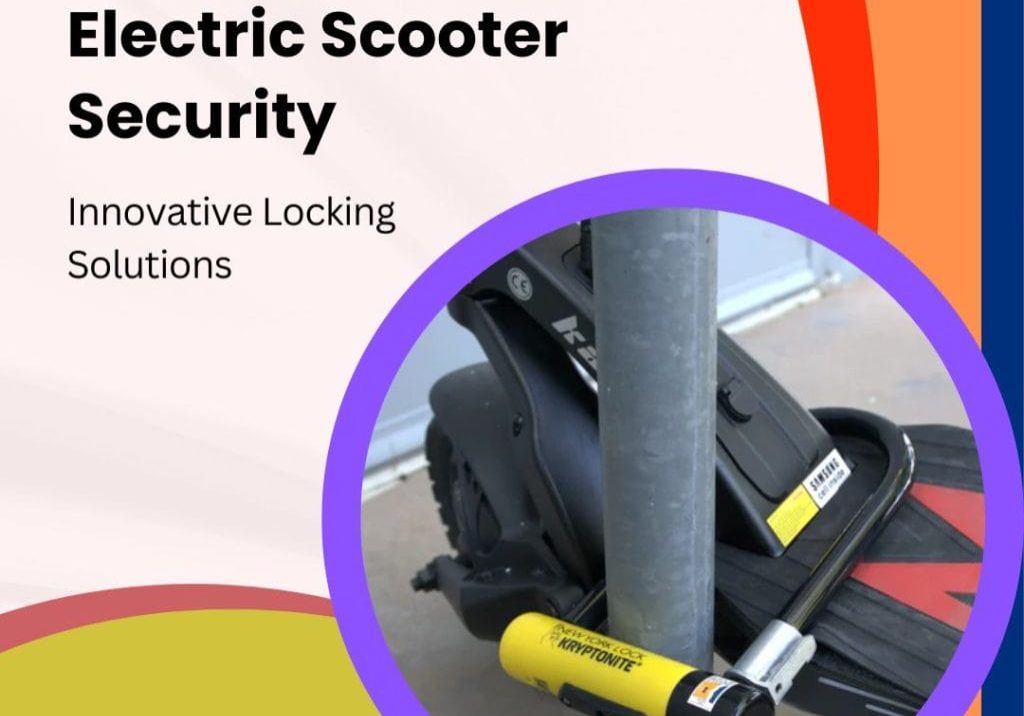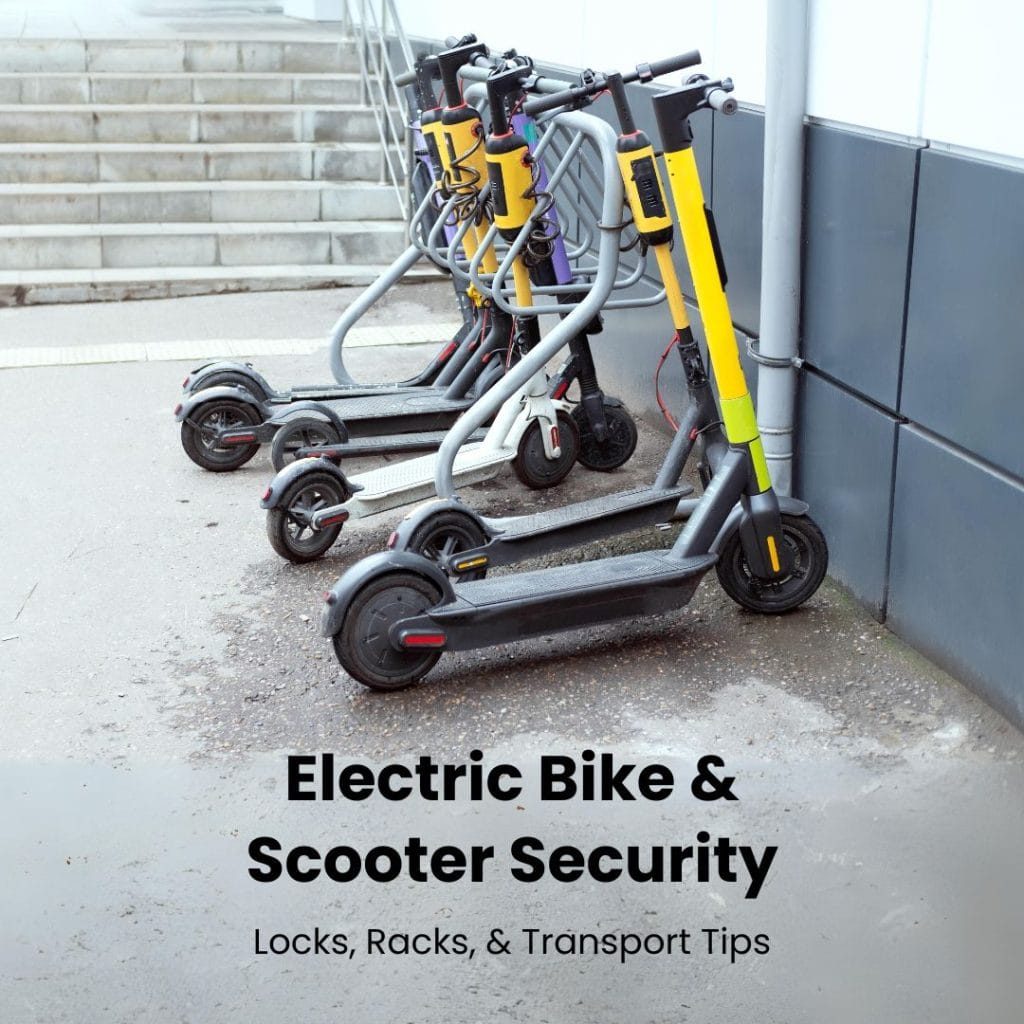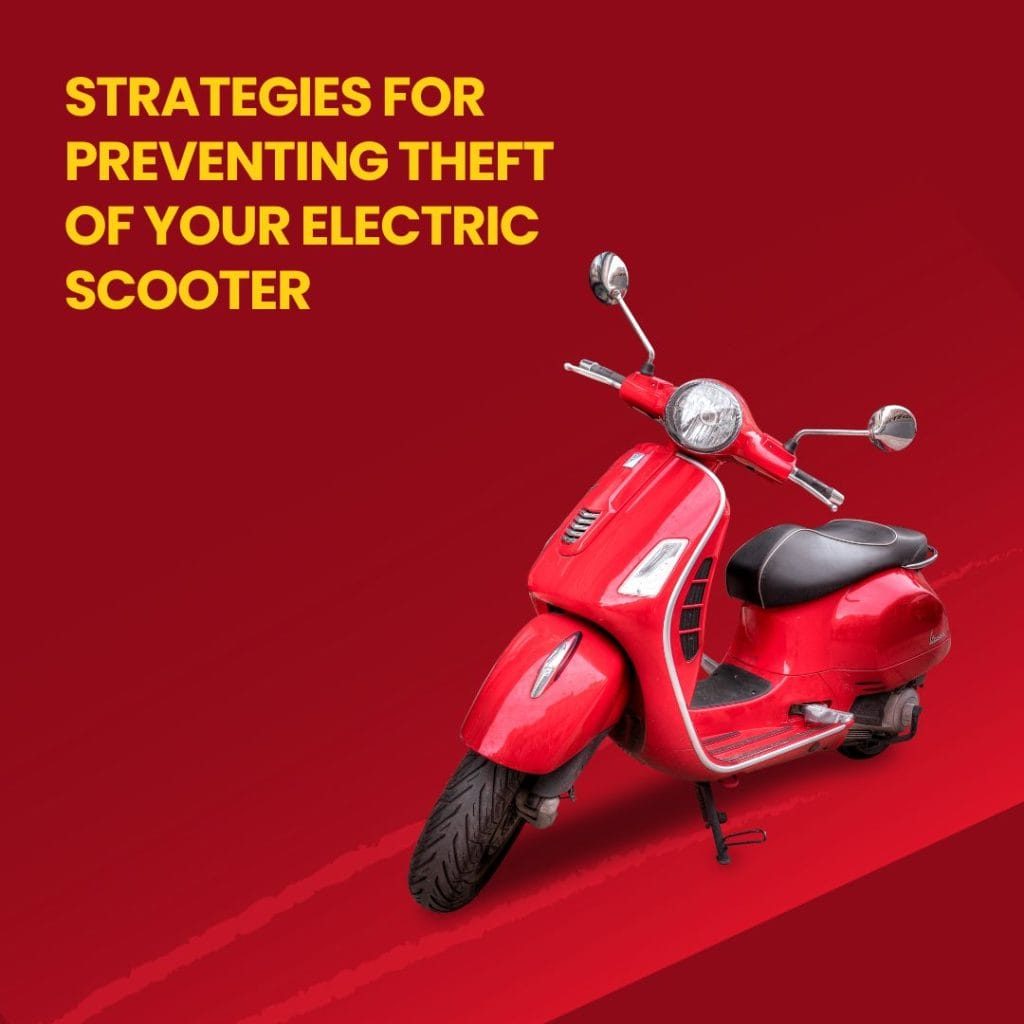The rise in popularity of electric bikes (e-bikes) has brought with it new safety considerations, especially when transporting these vehicles. Special care must be exercised given their additional weight and complex electronics compared to traditional bikes. This guide aims to provide comprehensive insights into ensuring safety while transporting e-bikes, helping you avoid common pitfalls, and offering practical advice for adopting best practices.
Preparing Your Electric Bike for Transport
Before attempting to transport your e-bike, it’s essential to ensure it is properly prepared for the journey. This step involves securing the bike itself, removing any detachable parts, and inspecting all components for potential risks.
Securing Your E-Bike
The first step in preparing your e-bike for transport is securing it properly. This means using high-quality bike racks or cases, ensuring they are mounted securely to the vehicle and capable of supporting the weight of your e-bike. It’s also essential to use additional straps or bungee cords for added stability.
Removing Detachable Parts
Detachable parts such as batteries, lights, and displays should be removed from the e-bike before transport. This reduces the bike’s weight and protects these delicate components from damage during transportation.
Inspection and Maintenance
Before transporting your e-bike, it’s crucial to thoroughly inspect all components for any signs of wear or damage. Pay particular attention to brake systems, tires, and suspension as these are critical for safe riding. Additionally, ensure that all bolts and screws are tight and secure.
Loading and Unloading Your E-Bike
Loading and unloading your e-bike requires careful attention to avoid accidents or damage. Here are some helpful tips to ensure a smooth process:
- When loading, position the bike with its wheels facing towards the front of the vehicle for better stability.
- Use additional straps or bungee cords to secure the bike to the rack or case.
- Avoid overloading the bike rack or case beyond its weight capacity.
- When unloading, carefully release all straps and bungee cords, avoiding any sudden movements.
Considerations for Choosing the Right Vehicle
Not all vehicles are suitable for transporting e-bikes. Consider the following when choosing a vehicle for your transport needs:
- The vehicle’s weight capacity – make sure it can handle the weight of your e-bike.
- The vehicle’s size and dimensions- ensure enough space to properly secure your e-bike.
- Additional features such as tow hitches or roof racks – can provide added support for transporting e-bikes.
Safety Checks During Transit
Even with proper preparation and loading, there are still risks to consider while transporting your e-bike. Here are some safety checks you should perform during transit:
- Periodically check the bike rack or case for any signs of loosening or damage.
- Monitor the temperature inside the vehicle – extreme heat can damage electronic components.
- Check that all straps and bungee cords are still securely in place.
- Avoid sudden braking or sharp turns that may cause the e-bike to shift.
Conclusion: Ensuring Safe and Efficient Transport of Electric Bikes
In conclusion, the transportation of an e-bike involves a comprehensive set of safety measures and considerations. From the initial preparation of your bike to the careful loading and unloading process to ensuring the chosen vehicle is appropriate and conducting safety checks during transit, each step plays a vital role in protecting your e-bike. By adhering to these guidelines, you can ensure a safe, efficient, and stress-free transportation experience for your electric bike. Remember, safety should always be your top priority, not just for your e-bike but for you and other road users.

